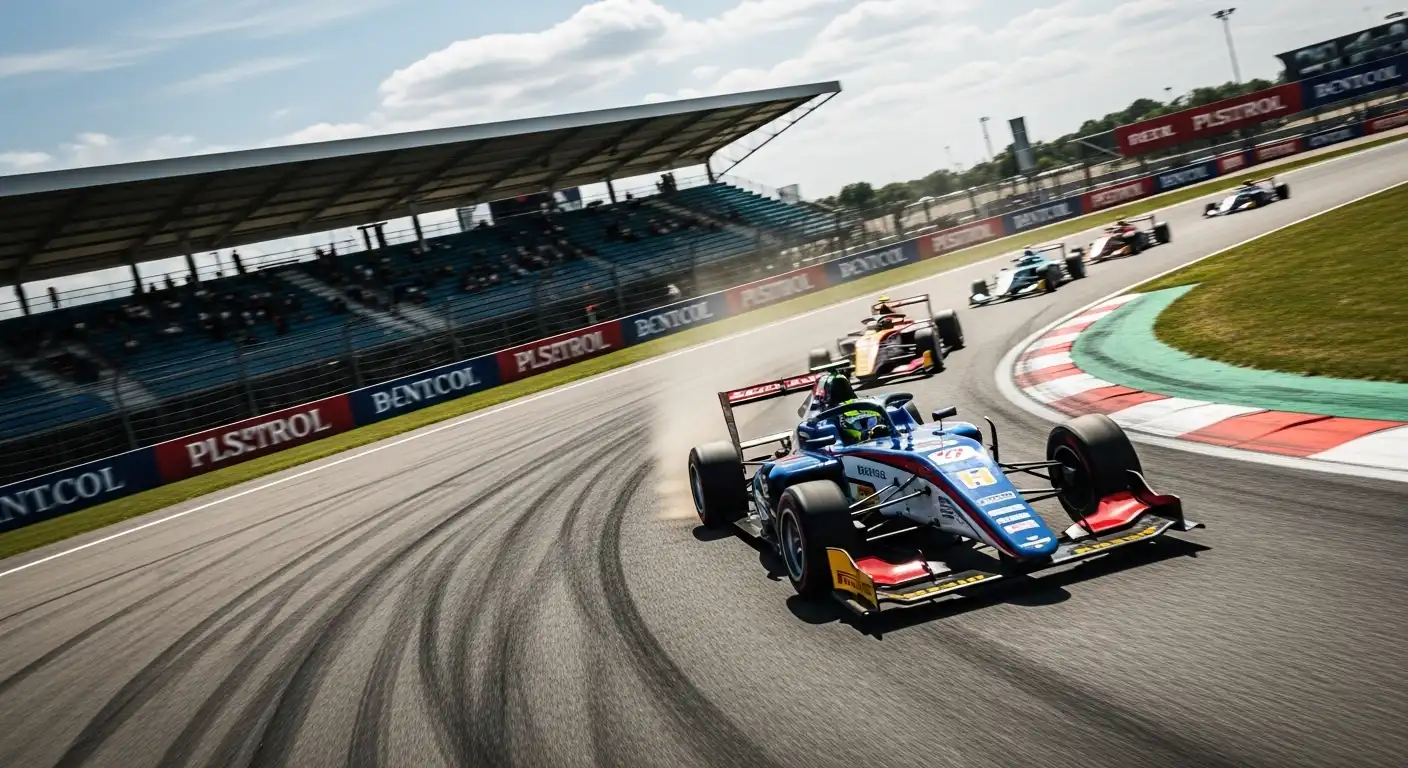Whether you’re a seasoned racer looking to upgrade your ride or a newcomer interested in entering the world of motorsports, choosing the right race car is one of the most important decisions you’ll make. The right car can significantly impact your performance, safety, and overall enjoyment. With so many different types of race cars available, the decision can be overwhelming. This ultimate guide will help you navigate the process of selecting the perfect race car based on your needs, skill level, budget, and racing style.
1. Understand the Type of Racing You Want to Pursue
The first step in choosing the right race car is understanding what type of racing you want to participate in. Different racing events require different types of cars, each designed to handle specific conditions and regulations.
-
Circuit Racing: If you’re interested in circuit racing (like Formula 1, GT racing, or touring car races), you’ll need a car built for precision, speed, and handling. These vehicles often come with specialized features like downforce-enhancing aerodynamics, adjustable suspension, and lightweight body construction.
-
Drag Racing: For drag racing, the car’s acceleration and power are key. You’ll need a car with a powerful engine and robust transmission system. Drag racers often choose cars like muscle cars, sports cars, or even custom-built vehicles designed for extreme speed over short distances.
-
Rally Racing: Rally cars are built for endurance and must be equipped to handle rough terrains, including dirt roads, mud, and snow. Rally cars are often all-wheel-drive and have higher ground clearance compared to circuit racing vehicles.
-
Off-Road Racing: If off-road racing (like Baja 1000 or other dirt track events) is your goal, you’ll need a rugged vehicle with enhanced suspension systems, large tires for traction, and an aggressive build to survive harsh conditions.
Tip: Before making a purchase, research the specific requirements for the racing league or event you plan to compete in, as certain types of cars or modifications may be prohibited.
2. Assess Your Skill Level and Experience
Your experience as a driver plays a major role in the type of race car that will suit you best. There’s no need to jump into a high-performance, high-maintenance vehicle if you’re just starting out. Conversely, if you have years of racing experience, you may want a more specialized, advanced car that allows you to push the limits of your skills.
-
Beginner: For new racers, entry-level cars or those used for amateur racing events like autocross may be ideal. These cars are typically easier to handle, less expensive, and require less maintenance. Popular beginner-friendly choices include cars like the Mazda MX-5 Miata or Honda Civic, which are great for learning the ropes.
-
Intermediate: If you have some racing experience and are ready for more advanced challenges, consider a car that offers a balance between performance and handling. Cars like the Ford Mustang GT or Subaru WRX can provide more power while still being manageable on the track.
-
Advanced/Professional: Professional racers typically choose custom-built cars or those designed for specific types of competition. These cars often require an in-depth understanding of the mechanics and tuning process. Examples include the Porsche 911 GT3 for circuit racing or a purpose-built rally car like the Subaru Impreza WRX STI.
Tip: Don’t rush into high-performance cars. Make sure you build your skills gradually and feel comfortable with the car before upgrading to more complex machines.
3. Set a Realistic Budget
When purchasing a race car, it’s essential to set a realistic budget, as racing can be expensive not only to enter but to maintain as well. The car itself is just one part of the cost—maintenance, insurance, upgrades, and repairs can add up quickly.
-
Entry-Level Cars: If you’re on a tight budget, you can find affordable used race cars that are suitable for beginners. Entry-level vehicles like the BMW E30, Mazda MX-5 Miata, or older Ford Mustangs often make great race cars and can be found at lower prices.
-
Mid-Tier Cars: For those with a moderate budget, sports cars like the Chevrolet Corvette or Nissan 370Z offer great performance at a more reasonable price than professional-level vehicles. However, these cars will still require regular maintenance, upgrades, and possibly some tuning.
-
High-End Cars: If budget is not an issue and you’re looking for top-tier performance, professional race cars can be quite costly. High-end race cars such as those used in Formula 1 or Le Mans are often custom-built and may cost hundreds of thousands or even millions of dollars. However, even within these categories, there are options to buy used or pre-owned vehicles from previous seasons.
Tip: Don’t forget to budget for ongoing costs, including parts, labor, tires, and race-day expenses. Setting aside a maintenance fund is essential for any serious racing endeavor.
4. Choose the Right Car Based on Performance Needs
Performance is one of the most critical factors in selecting a race car. When evaluating performance, you’ll want to consider elements like engine power, handling, braking, and the car’s ability to withstand the stresses of racing.
-
Engine Power: The engine is the heart of your race car, and it directly affects acceleration and top speed. Ensure the car has the right amount of horsepower for the type of racing you’re doing. For example, drag racers focus on maximizing straight-line power, while circuit racers prioritize balanced power and control.
-
Handling: A race car needs to be responsive and agile, particularly in tight corners. Choose a car with a well-tuned suspension system, responsive steering, and a lightweight body to ensure high maneuverability.
-
Braking System: High-performance brakes are critical for track racing. Look for cars with upgraded brake systems, such as carbon-ceramic or multi-piston setups, which provide better stopping power under high stress.
Tip: Prioritize the aspects of performance that matter most for your racing style. Circuit racing requires balance and handling, while drag racing demands power and acceleration.
5. Consider the Long-Term Maintenance and Support
Racing cars, especially high-performance models, require regular maintenance and occasional repairs. When selecting a car, it’s important to consider the long-term support you’ll have access to, including parts availability and service expertise.
-
Availability of Parts: Some race cars, especially older or less common models, may have limited parts availability, making it harder and more expensive to perform repairs or upgrades. Popular models tend to have better aftermarket support, which can save you time and money in the future.
-
Technical Support: Professional race teams often have a team of engineers and technicians working on the car. As an individual racer, you may need to have access to a qualified mechanic who understands your car’s specific needs.
Tip: Choose a car that has readily available parts and service options. If you’re not familiar with car mechanics, consider purchasing a car from a brand or series with a strong community or support network.
Conclusion:
Choosing the right race car is not a one-size-fits-all decision. It’s crucial to assess your racing goals, experience level, budget, and performance needs to ensure you make the right choice. Whether you’re just starting your racing journey or looking to upgrade to a more advanced vehicle, taking the time to carefully evaluate your options will set you up for success on the track.
At AutoSportInfo, we’re here to help you navigate the world of motorsports and provide expert advice on everything from car selection to performance tuning.



